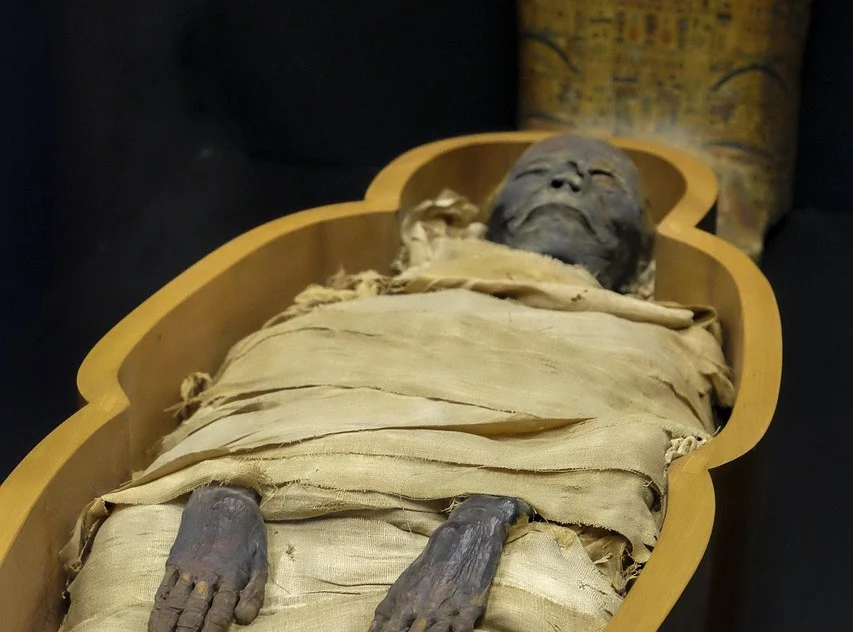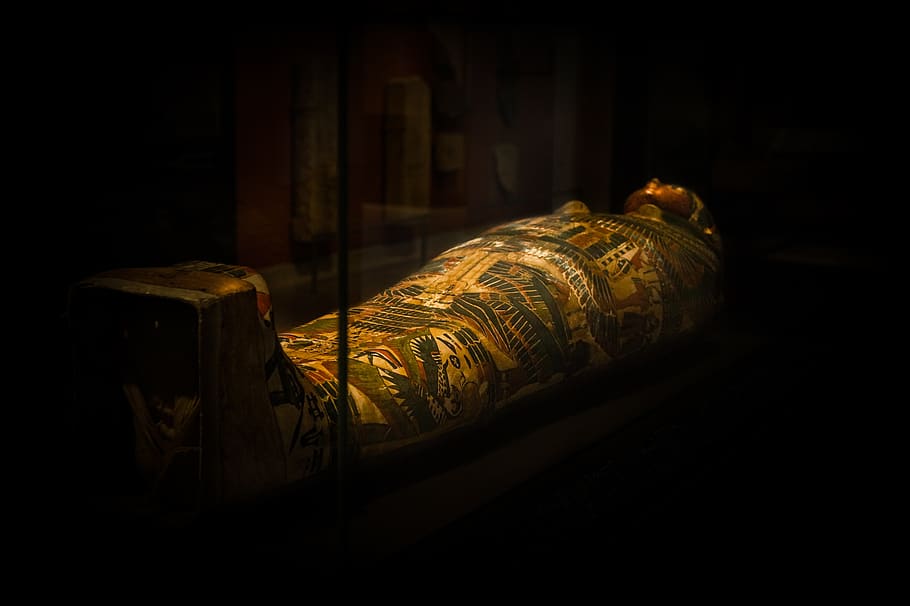Mummification rituals in ancient Egyptian temples
Mummies The current decorative art works confirm that the ancient Egyptians were aware of the pain-relieving power of the lotus flower as part of their temple rituals creating a relaxed atmosphere for social and cultural gatherings in the past Among the important monuments discovered in the archaeological excavations The tomb of Sethos I a life-size model of the two tomb chambers a large-scale model of the entire tomb and related artifacts were put on public display in the Egyptian Hall in Piccadilly London in 1821 The controversial excavators not paying much attention to their careful methods made some interesting discoveries that have entered the collections of major European museums A talent that has made people more aware of Egyptology and these discoveries indicate the possibility that there may have been more contact between the Old and New Worlds at the time of mummification than previously thought Samples were taken from skin muscle or bone
Scientific techniques for the detection and identification of diseases in mummies have been used to study mummies and related materials such as drugs as well as foods and substances used in the Egyptian mummification process To study these issues scientists need access to modern methods of analysis and chromatography Mummification process Some studies have focused on the textiles used to wrap mummies and the substances used to bandage them during the mummification process The results show that different qualities of linen were used in mummification
Modern methods of mummy analysis focus on the textiles and materials used to wrap the bandages indicating that the bandages were impregnated with a mixture of substances such as resins and waxes which were then separated and characterized Evaluation of the use of natural products in mummification and burial in ancient Egypt The oldest mummies date to about 1000 BC and no sources of this process have been found in Egypt or elsewhere in the last several thousand years BC. In Egyptian tomb scenes people are depicted holding lotuses or these plants are depicted close to wine vessels and drinking cups Egyptologists consider the lotus to be a flower that appears in these scenes only to be depicted as an artistic image or carved into the walls
The Egyptians kept domestic animals and worshipped many gods in animal statues some of which may have appeared in the form of animals Originally most gods were fully animalized and most scientific research has focused on human mummies but animal mummies have also been studied Some temples such as the baboons found at Saqqara belong to this group of uses for the god Thoth and some birds are believed to have been used in a more simple way with other animals They were wrapped in linen bandages or dipped in resin before being wrapped and cats may have been specially bred for sacrifice X-rays also reveal surprises and unexpected things with the animals shown in their outer sheaths and coverings not always matching the mummy inside Sometimes the animals tied up may have been of other species
Animal mummies in early history around 2900 BC many gods had human-like bodies attached to the heads of birds or animals Animal mummies may have been worshipped in the form of statues In later and Greek-Roman times the practice of mummifying dead animals and placing them in nearby tombs for worship at temples in some temples became more common Pilgrims would bring animals or statues to worship and were bred at these sites to represent the sacred species of the gods These pets would remain with the gods in the afterlife Evidence suggests that the Egyptians kept domesticated pets such as cats dogs and monkeys and some pets were mummified and placed in special burial mounds Individual mummified animals were not considered gods in their own right but were recognized as expressions of the unseen powers of the gods which continued and flourished throughout ancient Egyptian history.










